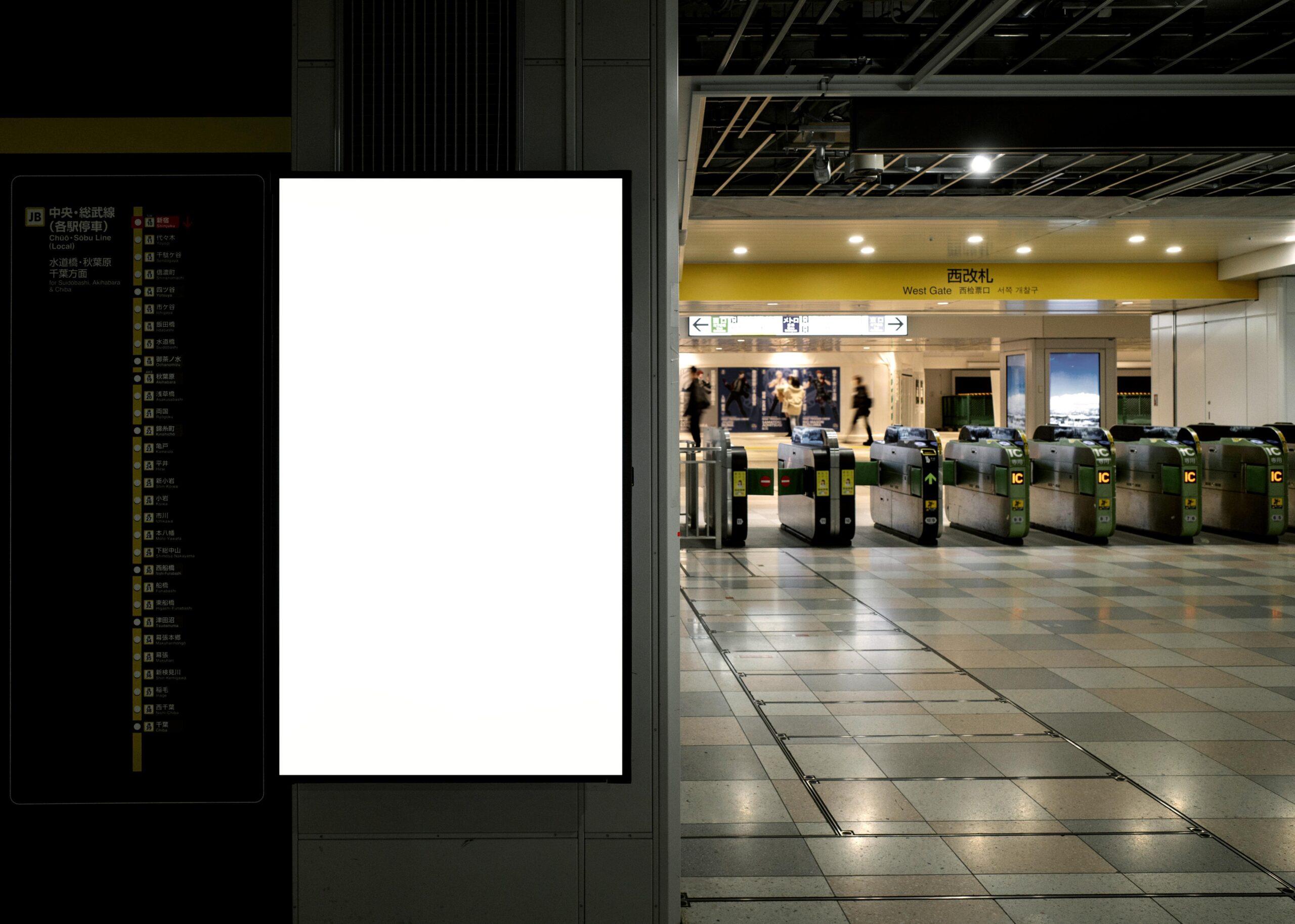
Can we use digital signage as regular TV?
- Digitos DM
- February 28, 2024
- 2 months ago
Digital signage involves the use of digital displays to convey information, advertisements, or other messages. It has gained immense popularity due to its ability to deliver content in a dynamic and engaging manner.
Evolution of Digital Signage Technology
Over the years, digital signage technology has evolved, offering high-resolution displays, improved connectivity, and enhanced interactivity. These advancements have positioned digital signage as a versatile medium for communication.
Digital Signage vs Regular TV
While regular TV serves the purpose of entertainment and information dissemination, digital signage goes beyond by providing a platform for real-time updates, interactive content, and dynamic displays. The question arises: Can digital signage replace traditional television?
Advantages of Digital Signage
Dynamic Content
One of the significant advantages of digital signage is the ability to display dynamic content. Unlike TV, which follows a linear broadcasting model, digital signage can showcase varied content based on scheduling and audience demographics.
Real-time Updates
Digital signage allows for real-time updates, making it ideal for displaying live information such as news, weather, or social media feeds. This dynamic feature sets it apart from regular TV broadcasting.
Interactivity
Digital signage opens avenues for interactivity, enabling users to engage with the content. This interaction enhances the viewer experience, something not achievable with conventional television.
Challenges of Using Digital Signage
Initial Setup Costs
While digital signage offers advanced features, the initial setup costs can be higher compared to a regular TV. This includes expenses for displays, media players, and content creation tools.
Maintenance
Digital signage systems require regular maintenance to ensure smooth operation. Technical glitches, software updates, and hardware malfunctions may pose challenges that need constant attention.
Content Creation
Creating content for digital signage demands expertise and creativity. Unlike regular TV content, which follows a predetermined format, digital signage content needs to be engaging, interactive, and tailored to the target audience.
Integration of Digital Signage and TV
Compatibility
Integrating digital signage with TV involves addressing compatibility issues. Ensuring that the two systems work seamlessly together is crucial for a unified viewing experience.
Content Synchronization
For a harmonious blend of digital signage and TV, content synchronization is vital. This ensures that the transition between regular programming and digital signage content is smooth and cohesive.
Use Cases and Industries
Digital signage finds applications in various industries, including retail, hospitality, and education. Its adaptability makes it a valuable asset for conveying information, promotions, and announcements effectively.
Retail
In retail, digital signage enhances the shopping experience by displaying product information, promotions, and advertisements, creating an immersive environment.
Hospitality
Hotels and restaurants leverage digital signage for information dissemination, event promotions, and interactive wayfinding, enhancing guest engagement.
Education
Educational institutions utilize digital signage for announcements, event promotions, and interactive displays to create an engaging learning environment.
Digital Signage in India
Market Trends
The digital signage market in India is witnessing significant growth, driven by increased awareness, technological advancements, and a growing demand for dynamic visual communication.
Adoption Rates
Businesses in India are increasingly adopting digital signage to stay competitive and provide a modern and engaging experience for their customers.
Future Prospects of Digital Signage
As technology continues to advance, the future prospects of digital signage are promising. Innovations such as augmented reality (AR) integration and enhanced interactivity will further elevate the capabilities of digital signage.
Conclusion
In conclusion, while digital signage and regular TV serve distinct purposes, there is potential for integration. Businesses can leverage the strengths of both mediums to create a comprehensive and engaging visual communication strategy.
FAQs
1. Can digital signage display regular TV channels?
Digital signage primarily focuses on dynamic content but can be integrated with TV channels for a seamless viewing experience.
2. What challenges do businesses face when adopting digital signage?
Businesses may encounter initial setup costs, maintenance issues, and the need for creative content creation.
3. How is digital signage different from traditional advertising methods?
Digital signage offers dynamic and interactive content, providing a more engaging experience compared to static advertising methods.
4. Is digital signage suitable for small businesses?
Yes, digital signage can be scaled to fit the needs of small businesses, offering a cost-effective and impactful communication solution.
5. Are there specific industries where digital signage is more beneficial?
Digital signage is versatile and beneficial across various industries, with notable applications in retail, hospitality, and education.


